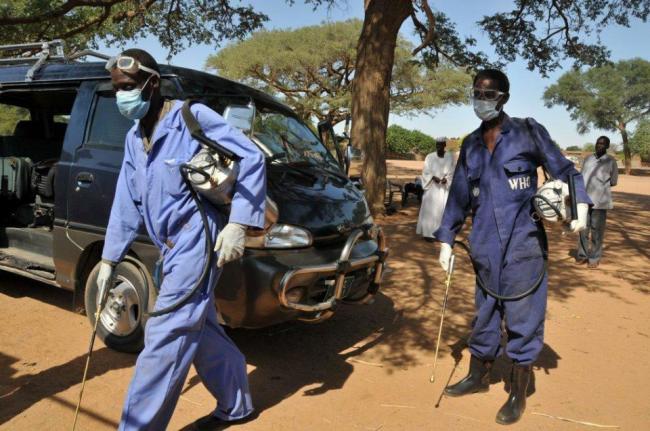14 May 2015, 03:41 pm Print

“The MDGs have been good for public health. They have focused political attention and generated badly needed funds for many important public health challenges,” Dr. Margaret Chan, Director-General of the World Health Organization (WHO) said on the release of this year’s World Health Statistics. While progress has been very encouraging, there are still wide gaps between and within countries, she added.
“Today’s report underscores the need to sustain efforts to ensure the world’s most vulnerable people have access to health services,” Dr. Chan said.
The report’s release comes four months before countries are to decide on new and ambitious global post-MDG targets for the period through 2030, during the annual high-level opening of the UN General Assembly in September.
Summarizing Wednesday’s report, which assesses progress towards the health-related goals in each of the 194 countries for which data are available, WHO noted that “results are mixed” for reaching the landmark MDG’s set by governments 15 years ago to guide global efforts to end poverty.
Noting that by the end of the year the world would likely have met targets on turning back pandemics and maternal and child deaths, and increasing access to basic sanitation, the report shows that “progress in child survival worldwide is one of the greatest success stories of international development.”
“Since 1990, child deaths have almost halved – falling from an estimated 90 deaths per 1000 live births to 46 deaths per 1000 live births in 2013,” according to the report.
“Despite great advances, this is not enough to reach the goal of reducing the death rate by two-thirds,” it said.
The top killers of children aged less than 5 years are: preterm birth complications, pneumonia, birth asphyxia and diarrhoea.
The report also reveals that the number of women who die due to complications during pregnancy and childbirth has almost halved between 1990 and 2013, but “the rate of decrease won’t be enough to achieve the targeted reduction of 75 per cent by the end of this year.”
“In the WHO African Region, one in four women who wants to prevent or delay childbearing does not have access to contraceptives, and only one in two women gives birth with the support of a skilled birth attendant,” it said.
On a positive note, according to the report, the world has begun to reverse the spread of HIV, with new infections reported in 2013 of 2.1 million people, down from 3.4 million in 2001.
“At current trends, the world will exceed the target of placing 15 million people in low- and middle-income countries on antiretroviral therapy (ARTs) in 2015,” it said.
While the global target for increasing access to safe drinking water was met in 2010, the report noted that “the world is unlikely to meet the MDG target on access to basic sanitation.”
“Around 1 billion people have no access to basic sanitation and are forced to defecate in open spaces such as fields and near water sources,” it said.
WHO also drew attention to the following 10 facts from the report.
Life expectancy at birth has increased six years for both men and women since 1990.Two-thirds of deaths worldwide are due to non-communicable diseases.
Photo: WHO
- WHO prequalifies new oral simplified vaccine to combat cholera, here is all information you need to know
- Pandemic experts sound alarm over the spread of avian influenza to humans
- Nigeria is now the first country to introduce 'revolutionary' meningitis vaccine: WHO
- Pregnancy accelerates biological ageing in healthy, young adult population, finds shows
- Hepatitis virus killing 3500 daily, warns WHO report






